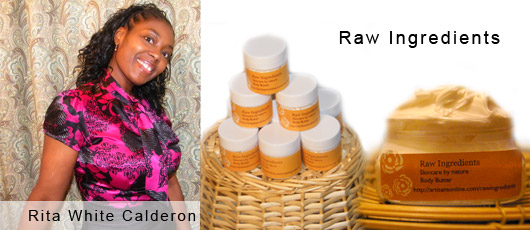The Differences Between a Proofreader and a Copywriter: Who to Hire and When
 Many people do not know the difference between a proofreader and a copywriter. It’s no surprise, because their roles in writing are similar and easy to confuse. If your small business needs assistance with writing in any form, whether it be blogging, newsletters, eBooks and so on, it’s best to know which of the two you should contact. Though similar, they both offer very different skills.
Many people do not know the difference between a proofreader and a copywriter. It’s no surprise, because their roles in writing are similar and easy to confuse. If your small business needs assistance with writing in any form, whether it be blogging, newsletters, eBooks and so on, it’s best to know which of the two you should contact. Though similar, they both offer very different skills.
A Copywriter is someone you contact during the early stages of your writing project. Their goals are to help you create. If you were writing an eBook or even a novel, they would help you make it publishable. A copywriter would offer creative advice to help you make the best finished product. Think of them as a mentor to lead you towards your goal of a great piece of writing. If you want to incorporate pictures or other visuals into your writing, a copywriter would be able to tell you the best places to put them, as well as help you choose which pictures would look best. They can also be helpful in telling you what content is best left out of a blog, book, newsletter and so on. You can work with a copywriter, together creating the finished product you’re looking for or you can opt to let them work their magic and create the entire piece for you.
A Proofreader provides the finishing touches to your writing. Their only intentions are to make the product free of spelling and grammatical errors. They have no interest in the style or the flow. So if you need help in the actual creation process, a proofer is not going to be choice for you. They are very important in the world of words, but the skills needed are less than a copywriter, so it is usually considerably cheaper to hire a proofreader.
Does your website’s blog need the creative touch of a copywriter? Does your eNewsletter require a second set of eyes to proof it before sending it to your clients? Outsourcing to experts is a great way to improve your small business design and achieve positive results with your website writings. It’s okay to be too busy with your business to worry about the finishing touches of your blog, let someone else handle the dirty work for you!




